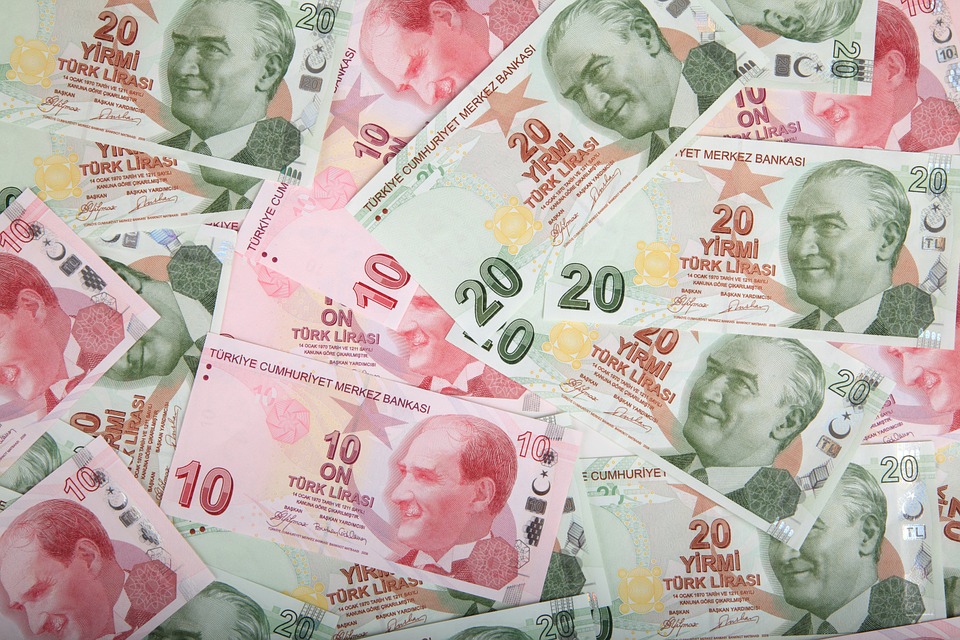BNY Mellon: Contagion
BNY Mellon: Contagion

By Neil Mellor, Senior Currency Strategist
- The TRY fell by 5.4% last Friday
- Tentative evidence suggests this has resonated across markets
- The collapse in global yields highlights a dash for safety
In an environment of growing uncertainty across global markets generally, there is ever the risk that episodes of heightened risk aversion in select markets could resonate further afield. Indeed, there is already some tentative evidence that this is precisely what we have seen this past week.
To recap the events of recent days, the TRY lost 5.4% to the USD last Friday amid renewed jitters surrounding US-Turkey relations. The implementation of liquidity restrictions by the Central Bank of Turkey, in conjunction with rather more direct measures from the government, saw the currency hurriedly reverse course. The Borsa Istanbul index, however, has lost more than 10%.
Readers may recall last summer when TRY instability - along with NAFTA, Italian politics and the US/China trade war - was a prominent issue in tempering investor sentiment.
Underscoring the significance of Turkey’s economic stability to global markets, positive sentiment only began to materialize after the authorities in Ankara took sustained action to support their currency.
This latter point is certainly an important one to bear in mind, but prior to this point of relative stability, it was abundantly clear that weakness in the TRY was being mirrored by the deteriorating performance of the “fragile five”.
We mention this because, as turbulence returned to the TRY market yesterday morning after 48 hours of reprieve, it was notably accompanied by a weakening in the ZAR, INR and subsequently in the BRL.
The price action in US Treasuries since the FOMC last week is also of interest. On Wednesday March 20, the FOMC delivered a surprisingly dovish policy assessment and Treasury yields, pricing in this new reality, dropped accordingly.
However, within 24 hours of the decision, yields were stable after a slide of 7 bps. But then, yields subsequently renewed their slide on Friday morning and only stabilized after a further 10 bp decline.
The only plausible catalyst for this second, more pronounced down leg in yields was the pressure being brought to bear on Turkish assets that morning.
Moving on to yesterday morning, and US Treasury yields were once again plumbing new depths: after sliding gently in Asian hours, 10-year yields dropped sharply at the European open.
The move was fully mirrored by the price action in Bunds, where the 10-year yield dropped further into negative territory.
Notably, this materialized despite what was unambiguously positive news for the eurozone as reports suggested that the ECB is pondering a tiered deposit rate in order to alleviate pressure on European banks.
Again, renewed turbulence in the TRY was by far the most plausible catalyst for this concerted move to safety.
Indeed, as a final observation, it is fair to say that yield differentials have been out of favour as a guide to the USD’s performance of late, but even so, the fact that the USD index has trended higher this past week in the face of plummeting US yields is an unambiguous reflection of deteriorating confidence in the market.
